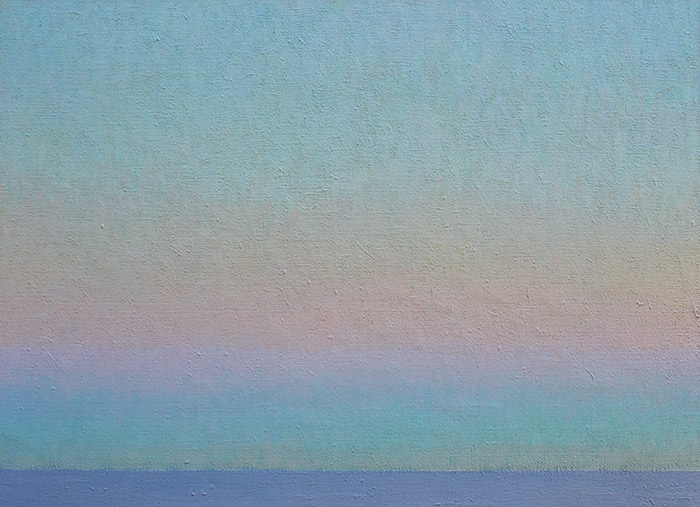
Gallery 4: 12 Best Pieces - page 1 (of 13) |
Return to Gallery 4 Overview page
|
I wanted to put together a display of my 12 best pieces. These pieces were all produced in South Australia, within a time span of around 40 years. I see the value of these pieces in being excellent examples of artwork, that show my unique means of expression. All of these pieces show very high levels of skills and management. I believe all of these pieces are master works, best enjoyed as real pieces, but available here at all times on my online gallery. I hope that others who see these pieces will feel inspired and moved by them. I know that I won't be producing pieces such as these in the future; most of these pieces required spending months of concentrated work on them, and I no longer have the physical condition, or drive to produce pieces such as these. I would really like to see an exhibition of these pieces (as real framed artworks) at a major gallery in Adelaide. The pieces in this display are presented in chronological order. More detail about each piece can be gained by clicking on each image, or on the link for more information in the text below each image. The pages that have more information about each artwork can be viewed in the same sequence as the artwork images on this overview page. |

84 cm (w) x 61 cm (h), oil paints on linen canvas.
|
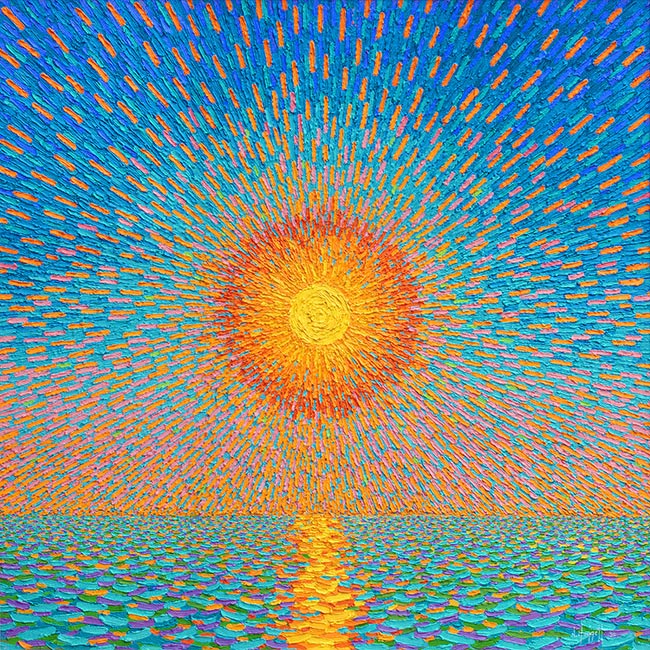
66 cm (w) x 66 cm (h), oil paints on linen canvas.
|

50.5 cm (w) x 37.5 cm (h), conté on cartridge paper.
|
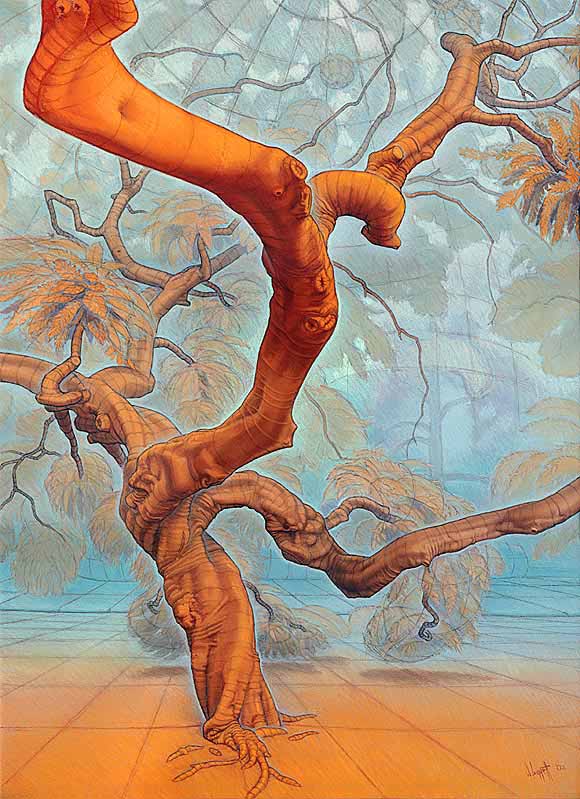
55 cm (w) x 75 cm (h), conté and pastels on acid-free coloured-ground ‘Canson’ paper.
|
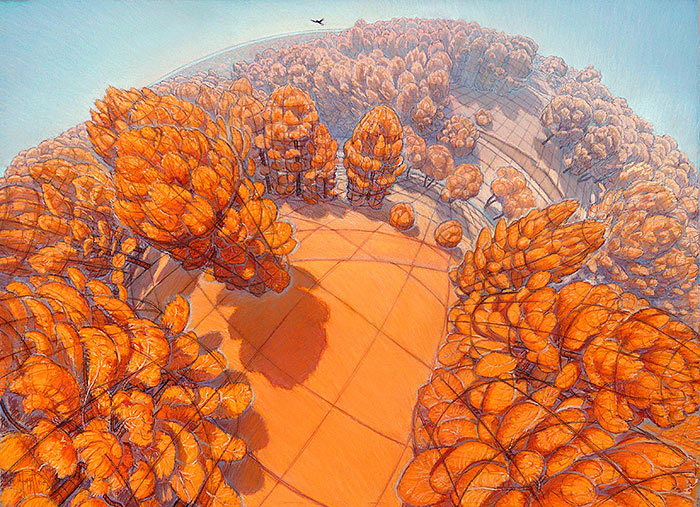
75 cm (w) x 55 cm (h), conté and pastels on acid-free coloured-ground ‘Canson’ paper.
|

58 cm (w) x 76 cm (h), charcoal on cream acid-free drawing paper.
|
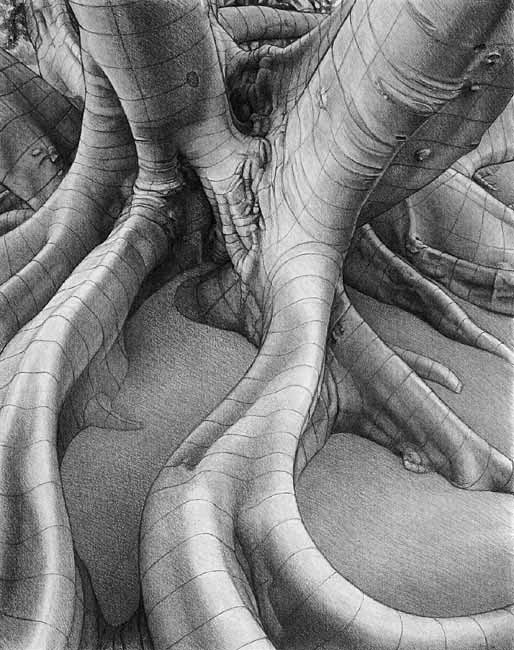
58 cm (w) x 74.5 cm (h), natural charcoal on acid-free drawing paper.
|
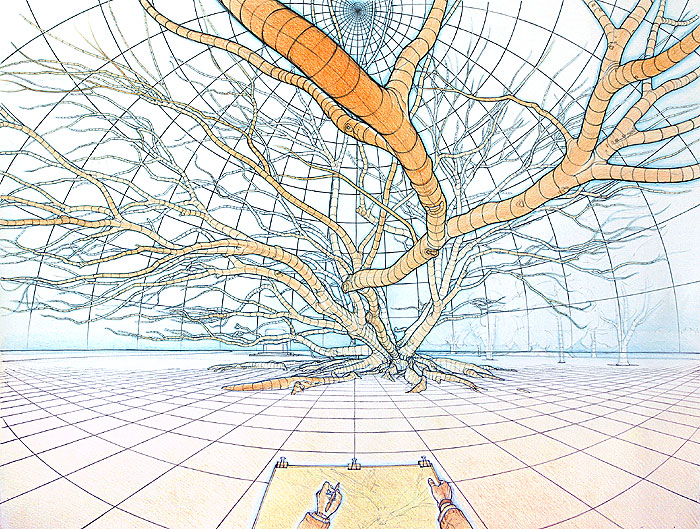
73cm (w) x 53cm (h), black biro and watercolour pencils on acid-free paper.
|
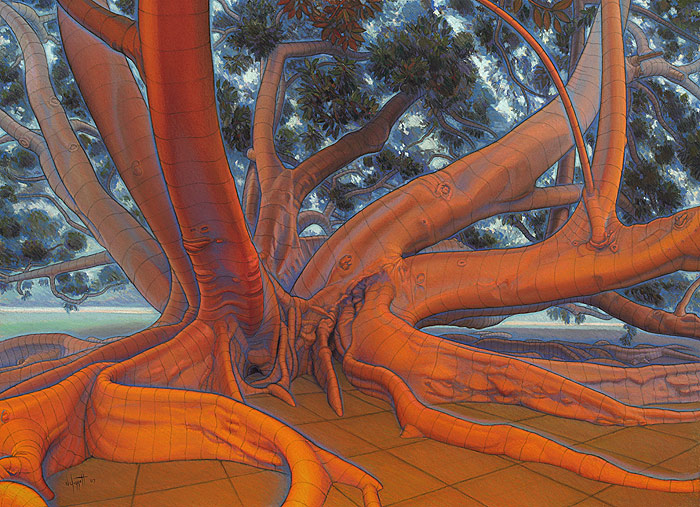
73 cm (w) x 53 cm (h), pastels and charcoal on acid-free paper.
|
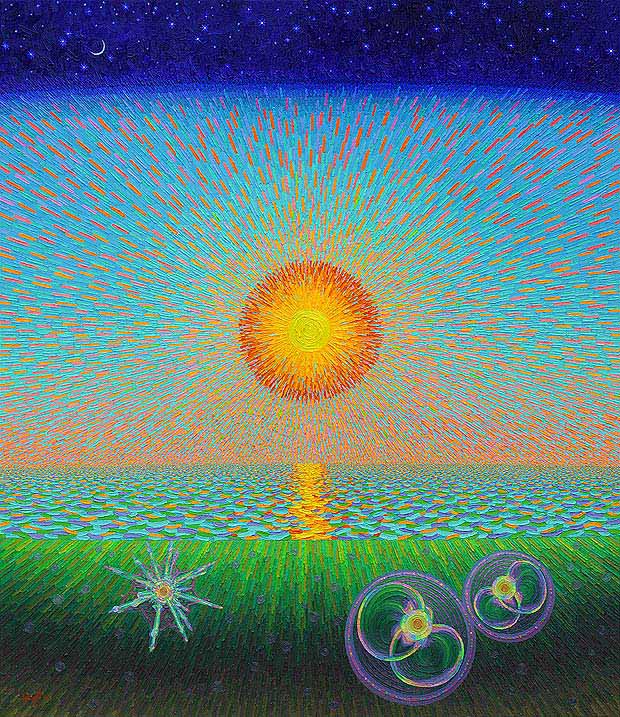
97 cm (w) x 112 cm (h), oil paints on linen canvas.
|
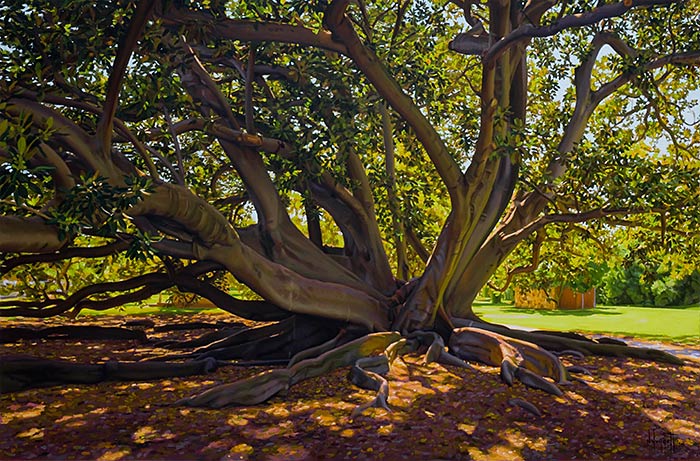
90 cm (w) x 60 cm (h), oil paints on board.
|
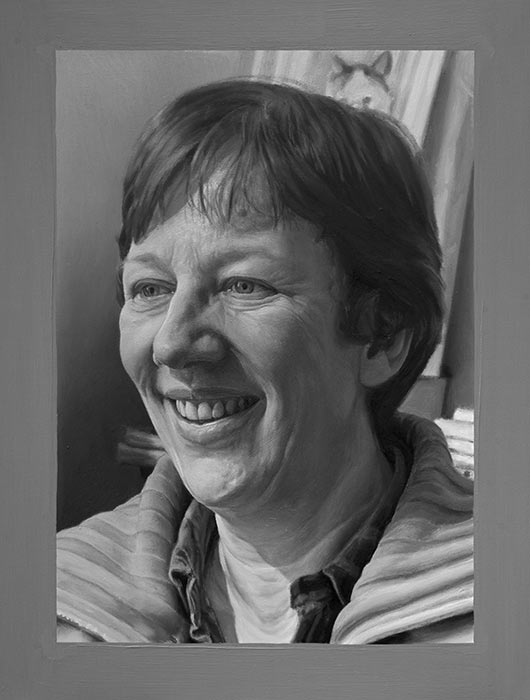
29 cm (w) x 37 cm (h), oil paints on board.
|
End of this display.
Return to Gallery 4 Overview page
Gallery 4: 12 Best Pieces - page 1 (of 13) |